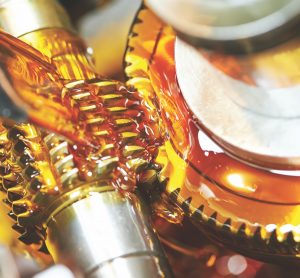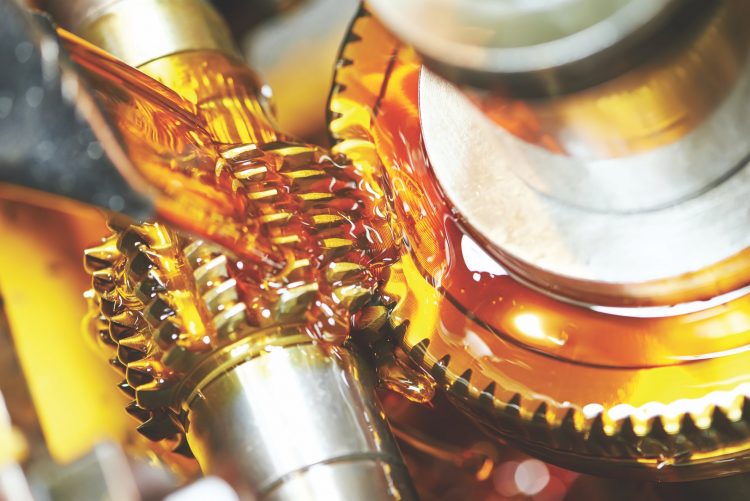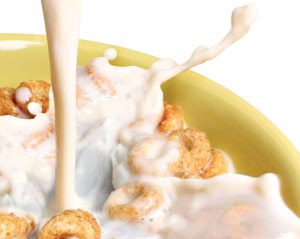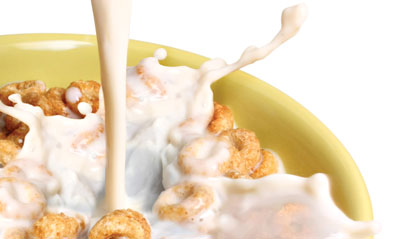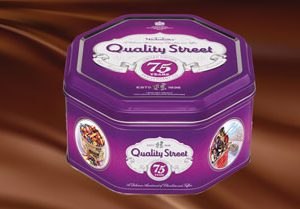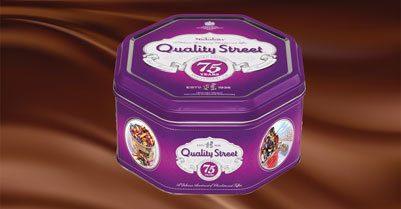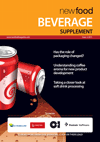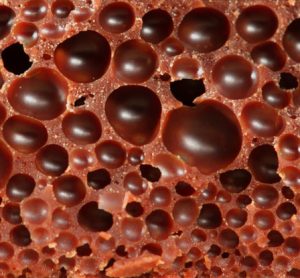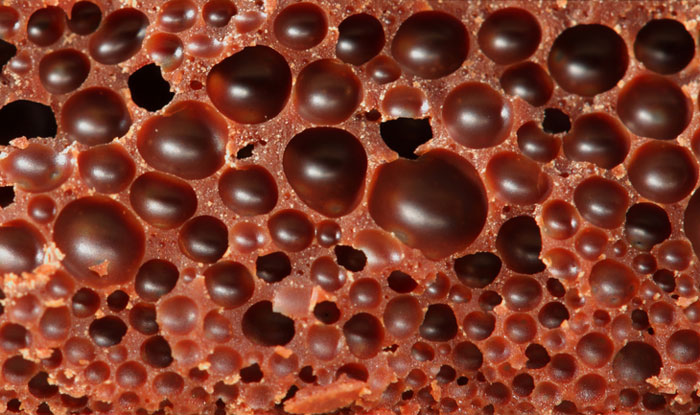Food grade lubricants – a food industry perspective
The aim of this article is to review the impact of Food Grade Lubricants (FGL) in the food industry and the implications for the manufacturers of FGL with ISO 21469:2006 ‘Safety of machinery-Lubricants with incidental product contact-Hygiene requirements’, as well as the compliance with relevant legislations.



